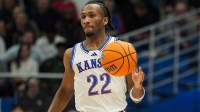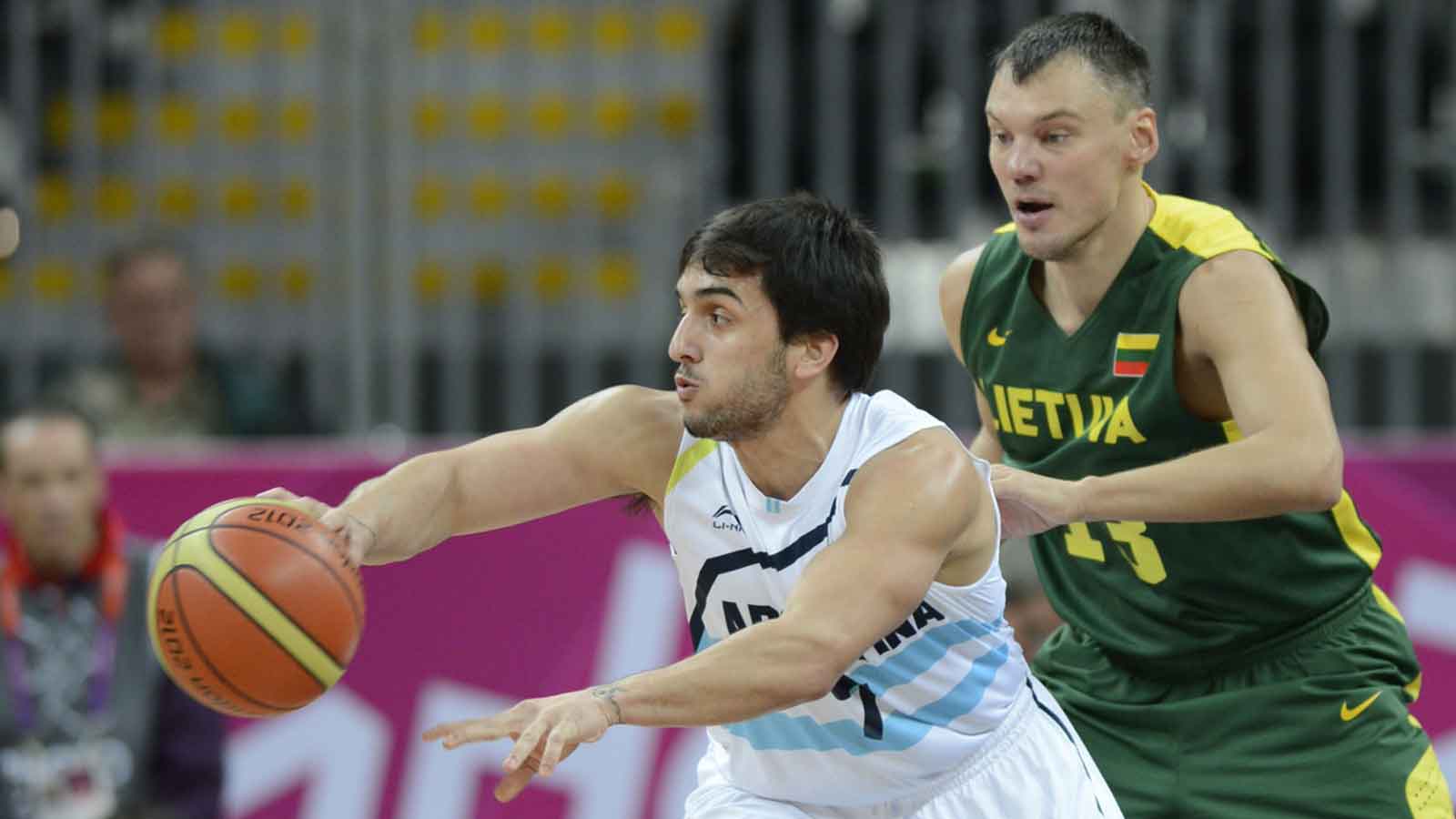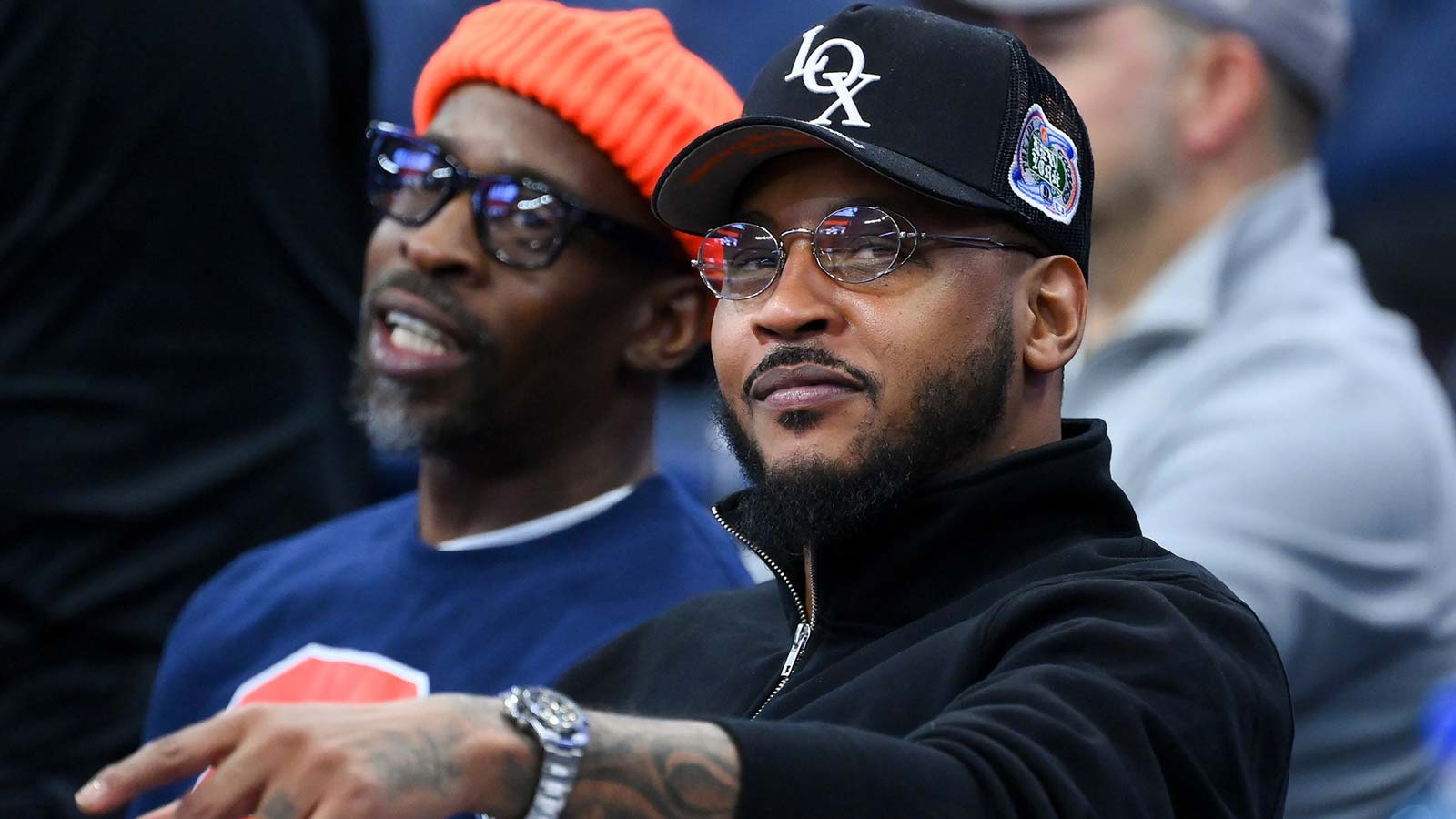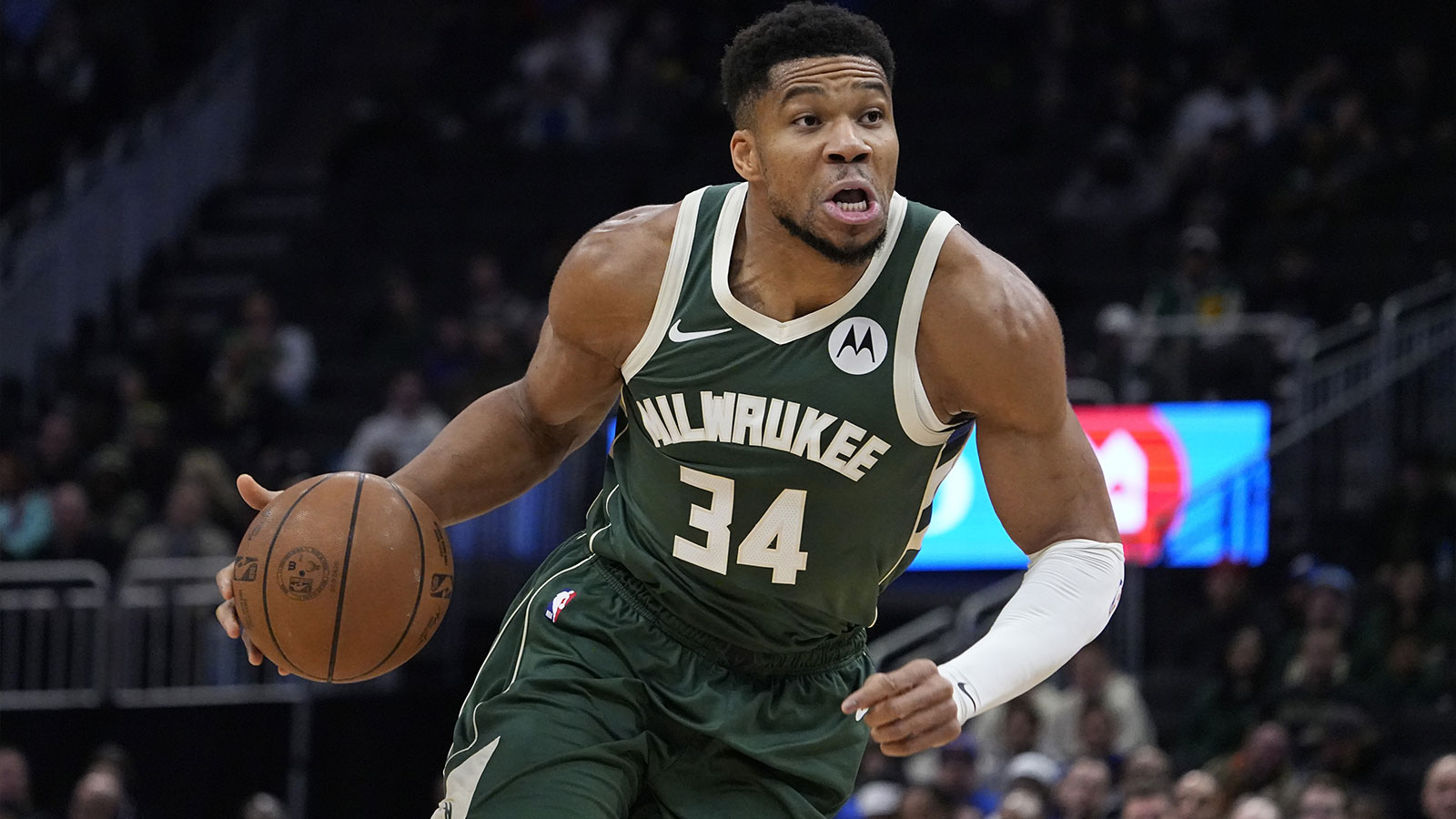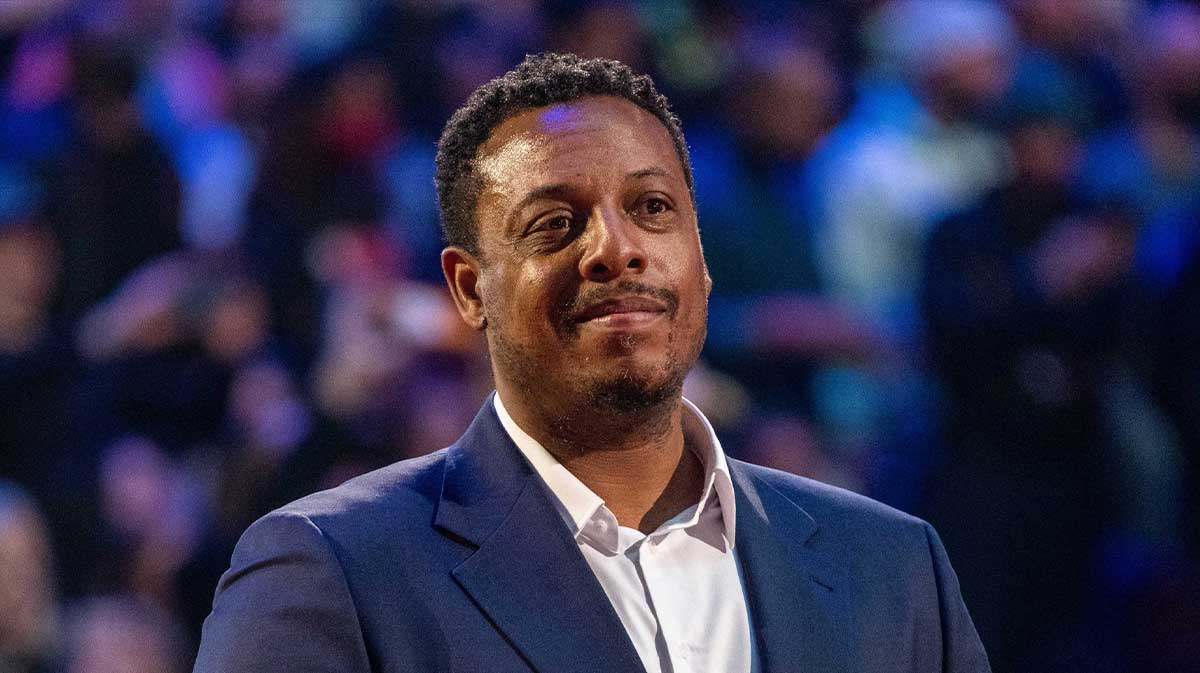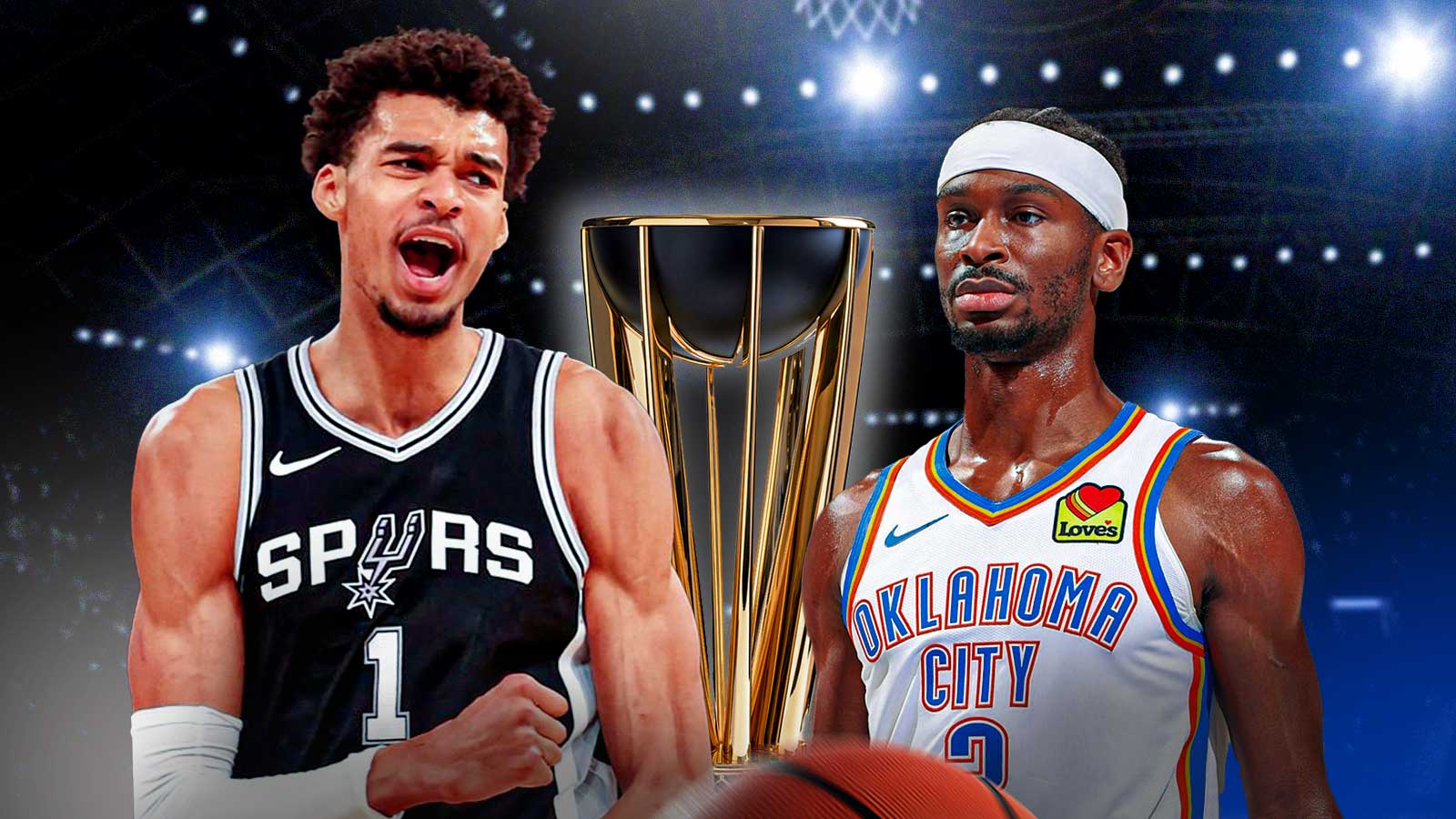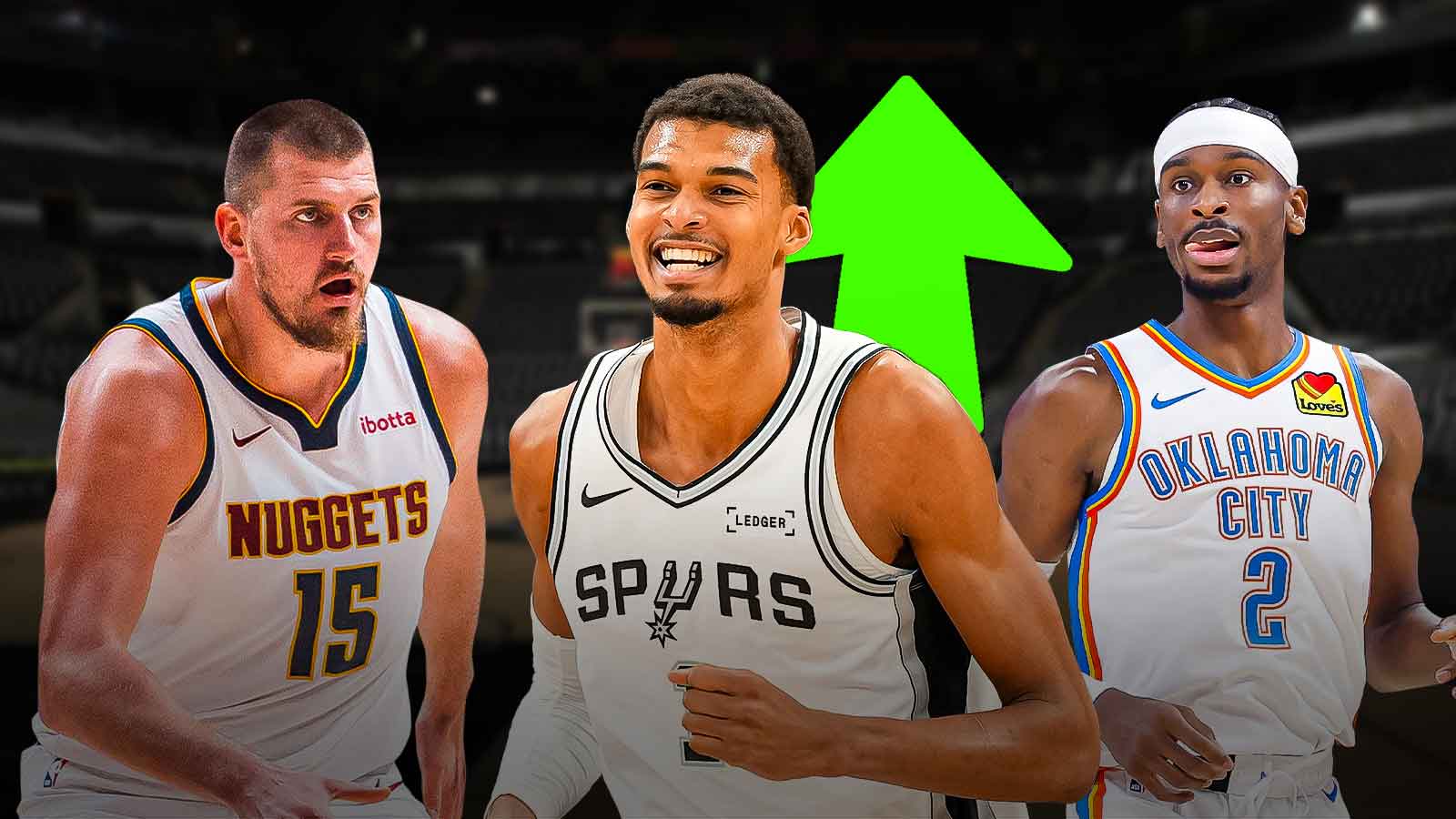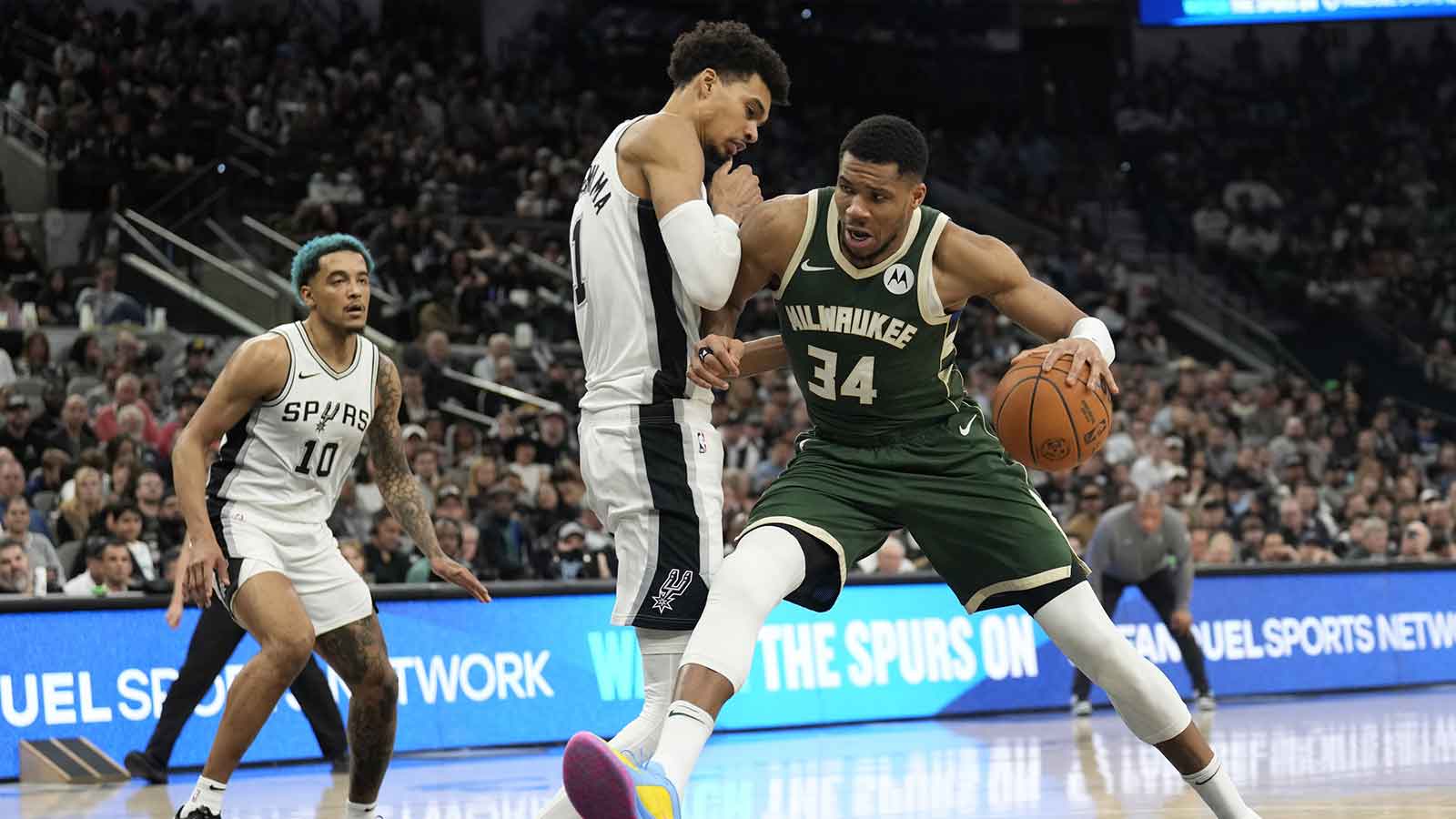Over league history, front offices have missed on NBA Draft picks far more often than they’ve hit. And not every year is a class is as deep as the 2023 NBA Draft class is expected to be. Even as scouting has become more advanced, predicting how a young man will navigate the complexities of NBA life will always be an uncertain game. However, almost every draft produces some level of star power, even the historically bad classes.
Let’s find some gems in the rough from the worst NBA Draft classes in league history.
2006: LaMarcus Aldridge (No. 2 overall)
On the plus side, this NBA Draft featured four players who would make All Star teams: Aldridge, Brandon Roy (no. 6 overall) Rajon Rondo (21), Kyle Lowry (24), and, deep in the second round, Paul Millsap (47). However, this draft is notable for its plethora of busts, especially at the top. Surrounding Aldridge in the top five are (gulp) Andrea Bargnani, Adam “Two Rings” Morrison, Tyrus Thomas, and Shelden “The Landlord” Williams.
Roy may have been the best player from this draft, starring alongside Aldridge in Portland, but his career was unfortunately cut far too short. Millsap and Rondo have had great careers, but Aldridge slightly edges out Lowry here. Lowry’s career will end up being more celebrated due to his run in Toronto that has included a title and six All-Star selections, but Aldridge's productivity since 2006-07 has been more consistent. From 2007-08 to 2019-20, Aldridge averaged 20.2 PPG and made seven All-Star teams.
1986: Dennis Rodman (No. 27 overall)
The '86 class produced a dearth of notable NBA careers, though the tragic death of no. 2 overall pick Len Bias, who would have joined Larry Bird’s Boston Celtics, and the drug issues that also plagued fellow top-10 picks Chris Washburn, William Bedford, and Roy Tarpley, had a lot to do with the poor return on this class.
Brad Daugherty went No. 1 overall to Cleveland and contributed eight solid seasons in the league. However, most of this draft's standout players came from later rounds (there were still seven then). The most accomplished player is undoubtedly Rodman, out of the tiny Southeastern Oklahoma State University.
The Worm would win five titles and be inducted into the Naismith Memorial Basketball Hall of Fame in 2011. You could also make a case for Mark Price (no. 25 to Dallas), one of the most underrated players of his era whose prime was hampered by a torn ACL.
1990: Gary Payton (No. 2 overall)
The 1990 class is one of the weakest top-to-bottom pools, full stop. No. 1 overall pick Derrick Coleman made two All-Star teams but had an underwhelming career, while the other draftees to make All-Star teams (Tyrone Hill, Jayson Williams, Cedric Ceballos, Antonio Davis) were not exactly superstars.
The Seattle SuperSonics selection of Payton, out of Oregon State, saves this class from being a collective total bust. “The Glove” would make nine All-Defensive first teams and ranks amongst the greatest two-way guards (and most incessant trash talkers) in league history.
1973: Doug Collins (No. 1 overall)
The drafts throughout the 1970s were a crapshoot, as the NBA endured a strange era that coincided with competition from the ABA, oddball executives, and sagging popularity. 1975 and 1971 certainly have cases as the worst classes of the decade, but we’ll honor 1973 here.
The most prolific career from this draft was produced by, fittingly, No. 1 overall pick Doug Collins, who averaged 17.9 PPG and made four All-Star teams for the Philadelphia 76ers from 1973-1981. Let's also give a special shoutout to the coolest (and second-best player) from this draft: Ernie D.
2000: Michael Redd (No. 43 overall)
Widely considered the worst modern NBA Draft, the first class of the millennium produced a total of three All-Star selections, all coming in 2003-04: No. 1 overall pick Kenyon Martin, Jamaal Magloire, and Redd, a second-round steal.
Like Roy and Price, Redd's career was cut short to knee injuries, but he was good enough to average 23.5 PPG on 37 percent 3-point shooting from 2003-2009 for mediocre Milwaukee Bucks squads. His inclusion on the 2008 gold-medal winning “Redeem Team” indicates the respect his peers had for his character and his game, and it’s why he gets the nod over Martin on this list. It’s too bad Redd couldn’t find a late-career gig as a role player/veteran leader/spot-up shooter for a contending Spurs, Mavs, or Heat squad in the early 2010s.





